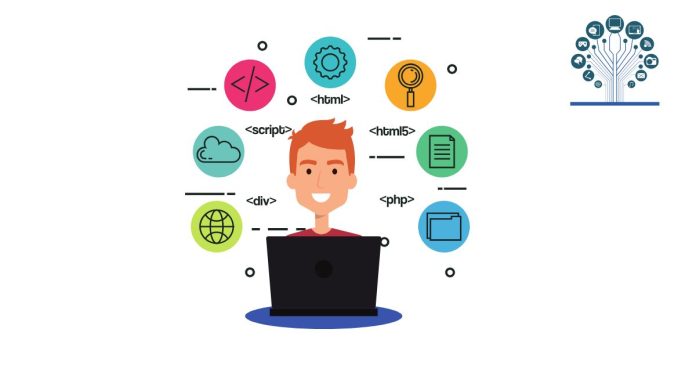Software refers to a set of instructions, data, or programs used to operate computers and perform specific tasks. Unlike hardware, which represents the physical components of a computer, software is intangible and acts as the interface between the user and the hardware.
Types of Software
- System Software
- Manages the basic operations of a computer.
- Examples: Operating systems (Windows, macOS, Linux), Utility software (antivirus, disk cleanup).
- Application Software
- Performs specific tasks for users.
- Examples: Microsoft Office, Adobe Photoshop, Google Chrome.
- Programming Software
- Tools used by developers to write, debug, and maintain programs.
- Examples: Text editors (Sublime Text), compilers (GCC), Integrated Development Environments (IDEs) like Visual Studio.
- Middleware
- Acts as a bridge between different software applications or systems.
- Examples: Database middleware, message brokers.
- Driver Software
- Facilitates communication between hardware devices and the operating system.
- Examples: Printer drivers, graphics drivers.
Examples of Software
- Operating Systems: Windows, macOS, Linux, Android.
- Web Browsers: Google Chrome, Mozilla Firefox, Safari.
- Office Tools: Microsoft Office Suite, Google Workspace.
- Graphics and Design: Adobe Photoshop, CorelDRAW.
- Media Players: VLC Media Player, Spotify.
Characteristics of Software
- Intangible: Unlike hardware, software cannot be touched or physically measured.
- Customizable: Can be tailored to meet specific user or business needs.
- Perishable: Requires updates and maintenance to remain functional.
Uses of Software
- Personal Use: Entertainment, education, communication.
- Business Applications: Managing operations, customer relations, and financial tasks.
- Scientific Research: Simulation, data analysis, and automation of experiments.
- Industrial Control: Monitoring and controlling machinery and processes.
Conclusion
Software is an essential component of modern computing, enabling users to interact with hardware and perform a vast array of tasks efficiently. With its varied types and applications, software drives innovation across industries and enhances productivity in everyday life.



